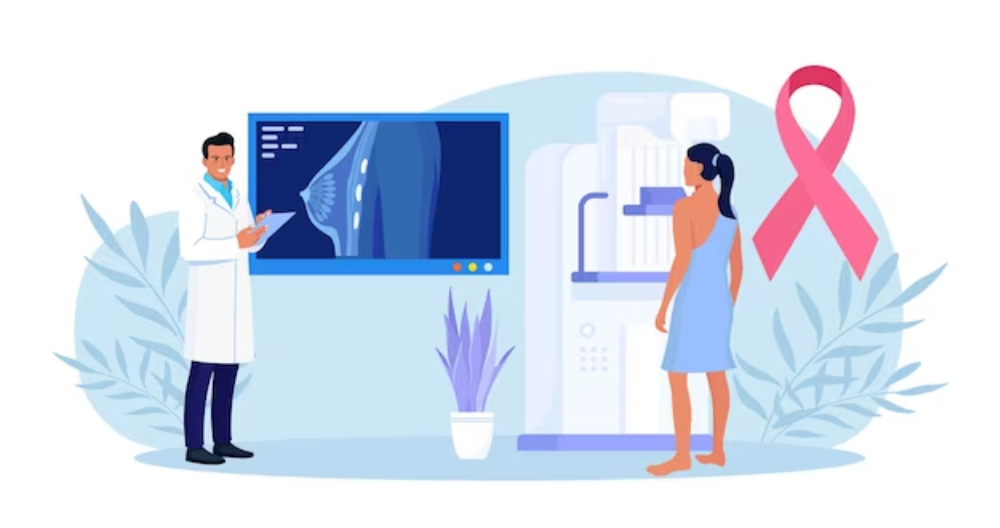Decoding Breast Cancer Diagnosis: Understanding Tests and Results
Receiving a breast cancer diagnosis can be overwhelming, but understanding the tests and results involved can help demystify the process and empower patients to make informed decisions about their health. In this blog, we’ll explore the various tests used in breast cancer diagnosis, what the results mean, and what steps to take next.
Understanding Breast Cancer Diagnosis:
When a suspicious lump or abnormality is detected in the breast, healthcare providers may order several tests to confirm or rule out breast cancer. These tests may include mammograms, breast ultrasounds, breast MRIs, and breast biopsies. Each test serves a unique purpose and provides valuable information about the presence and characteristics of breast abnormalities.
Mammogram:
A mammogram is a specialized X-ray of the breast tissue used to detect and evaluate breast abnormalities, such as tumors or cysts. Mammograms are typically the first-line screening tool for breast cancer detection and can identify suspicious areas that may require further evaluation.
Breast Ultrasound:
A breast ultrasound uses sound waves to produce images of the breast tissue. This imaging technique is often used to further evaluate suspicious findings detected on a mammogram or to distinguish between solid masses and fluid-filled cysts. Breast ultrasounds are particularly useful for characterizing breast abnormalities and guiding biopsy procedures.
Breast MRI:
A breast MRI is a highly sensitive imaging test that provides detailed images of the breast tissue. Breast MRIs are commonly used in conjunction with mammograms and ultrasounds to evaluate the extent of breast cancer and assess for the presence of additional tumors. This imaging modality is especially valuable for high-risk individuals and those with dense breast tissue.
Breast Biopsy:
A breast biopsy involves the removal of a sample of breast tissue for laboratory analysis. This procedure is performed to definitively diagnose breast cancer and determine its characteristics, such as tumor type, grade, and hormone receptor status. There are several types of breast biopsies, including core needle biopsy, fine needle aspiration, and surgical biopsy, each offering unique advantages depending on the specific clinical scenario.
Understanding Test Results:
Once the diagnostic tests are complete, healthcare providers will review the results and communicate them to the patient. Test results may indicate benign (non-cancerous) findings, suspicious abnormalities requiring further evaluation, or malignant (cancerous) lesions. It’s essential for patients to discuss their test results with their healthcare team to fully understand the implications and next steps.
Decoding breast cancer diagnosis involves understanding the various tests used to evaluate breast abnormalities and interpreting the results in the context of individual patient circumstances. By familiarizing themselves with the diagnostic process and actively engaging with their healthcare providers, patients can navigate the journey from suspicion to diagnosis with confidence and clarity. Remember, early detection and timely intervention are key to improving breast cancer outcomes.
For more information on breast cancer diagnosis and support resources, visit Pink Ribbon’s website at pinkribbon.org.pk

